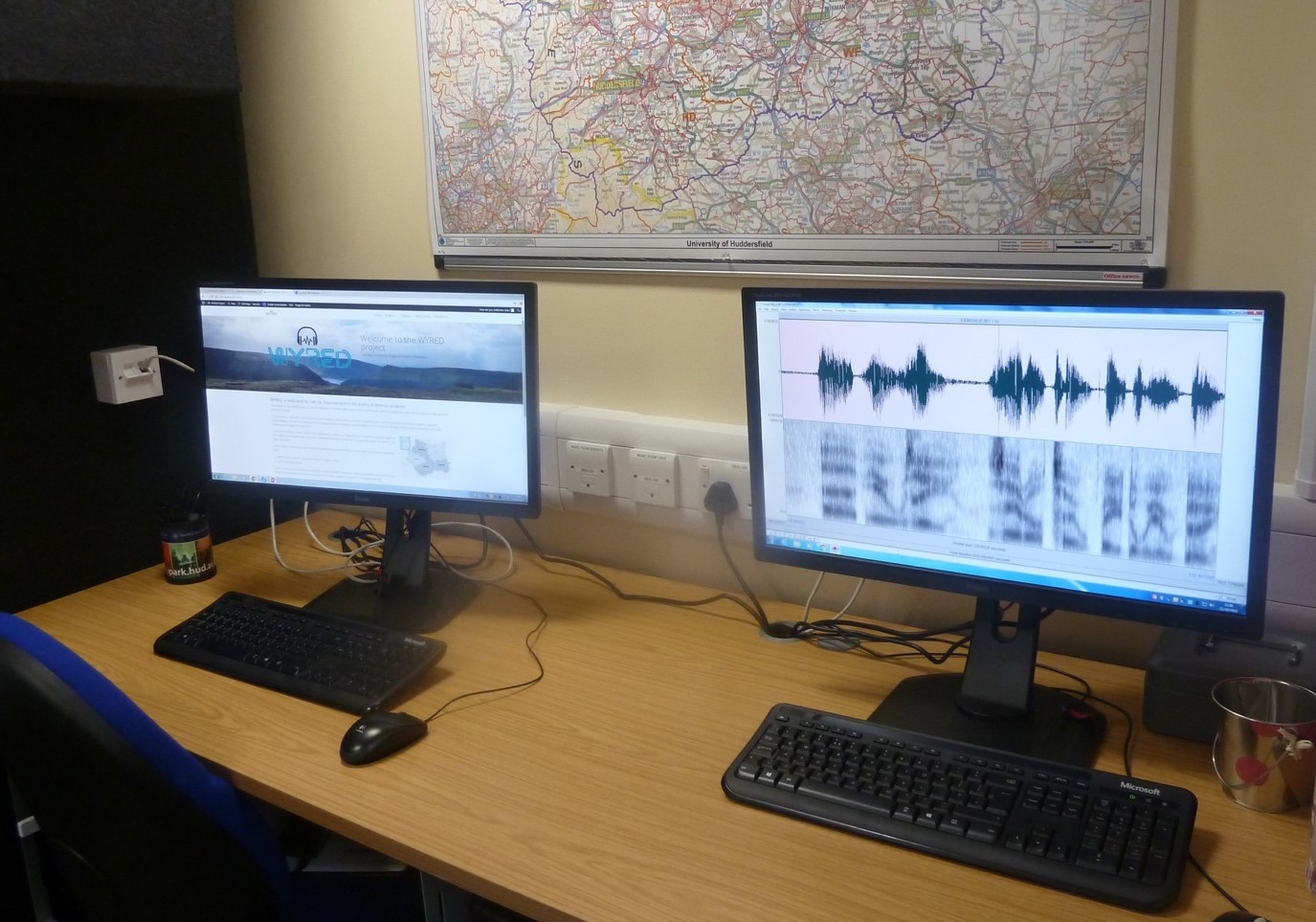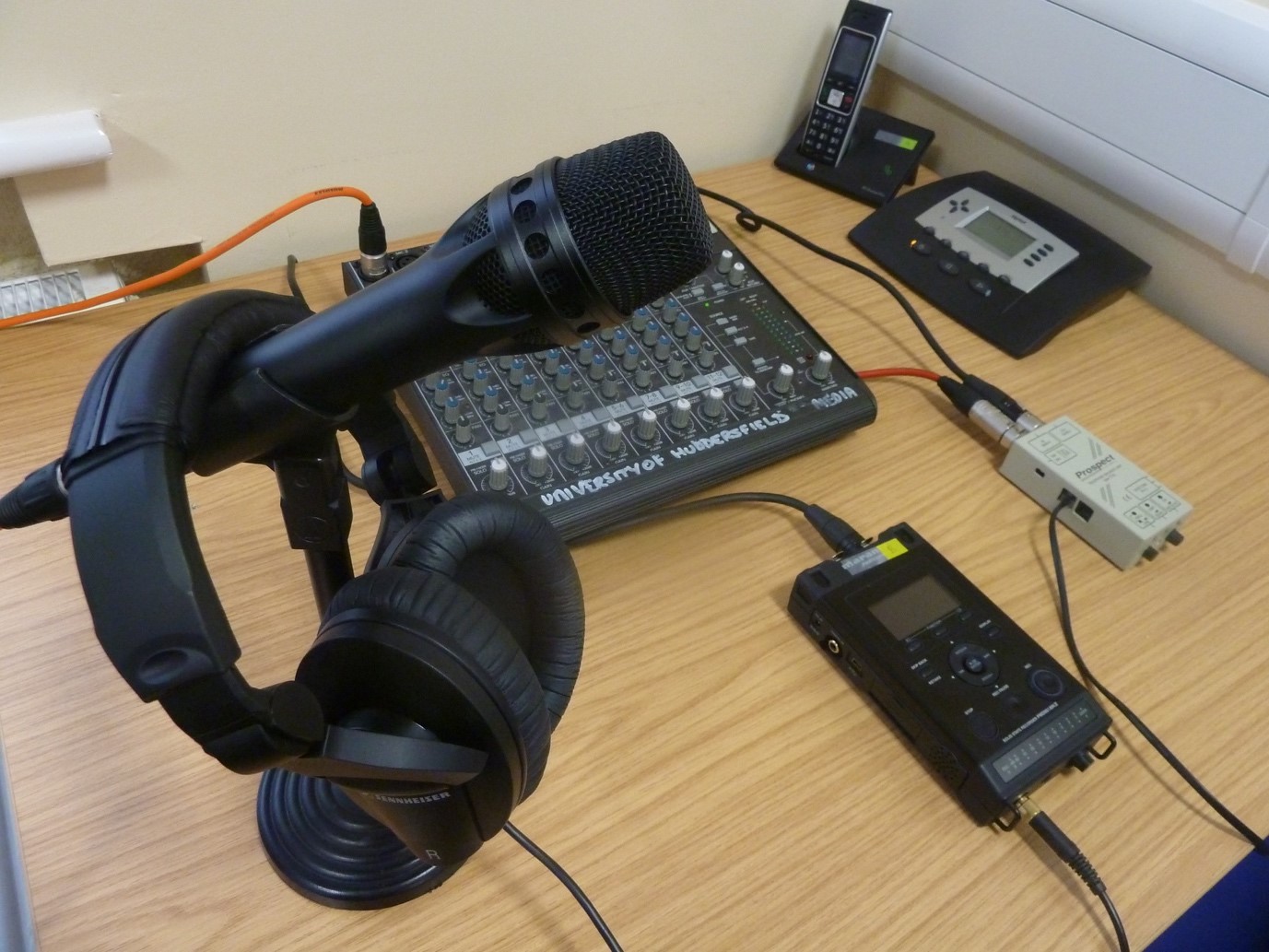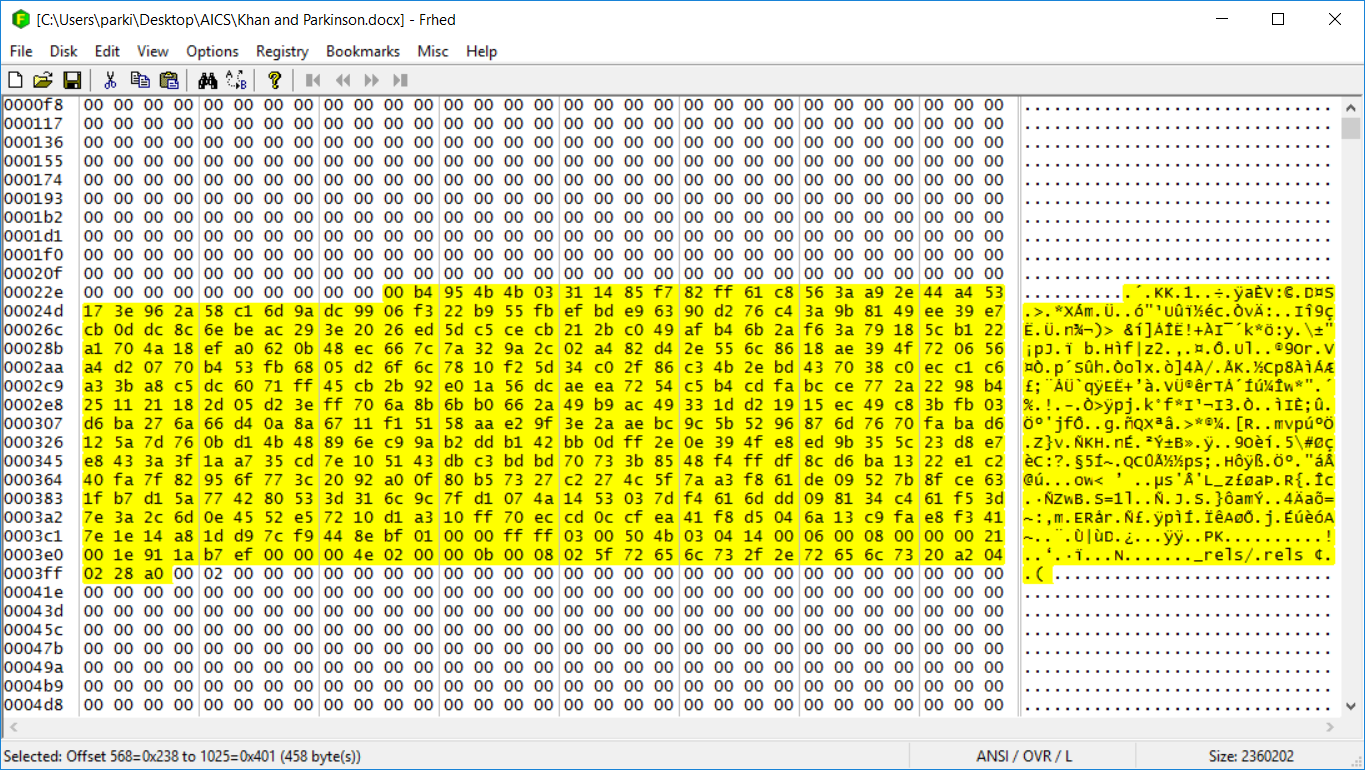Forensic Science and Criminal Justice
The use of accurate and reliable Forensic Science underpins any criminal investigation. The whole Criminal Justice process can be undermined by poorly understood or interpreted forensic evidence. Members of SSI are court-reporting, casework-active, internationally-renowned forensic scientists in a variety of disciplines, including Forensic Linguistics, Forensic Ballistics, Forensic Anthropology and Forensic Entomology.
Forensic Ballistic Research
The EPSRC Centre for Advanced metrology in the School of Computing and Engineering have an internationally renowned expertise in surface measurement and characterisation. In the recent past, they have turned their attention to developing characterising methodologies for ballistic evidence through the application of surface measurement technologies developed in the engineering field. In particular, they utilise areal surface data collected from cartridge cases and recovered bullets and developed several matching algorithms which facilitates matching of ballistic evidence to crime scenes for particular firearms. This work has resulted in a recent European patent. Partners in their work include Forensic Pathways, and they are developing links with CAST and the Yorkshire and Humber Regional Support Services through the SSI.
Forensic Anthropology Research
Our forensic research is centered on using forensic genetics to address body fluid identification issues. For example, in sexual assaults, it is necessary to demonstrate that the DNA profile was obtained from the semen, rather than any other body fluid. In addition, we are currently not capable of identifying vaginal material – a key body fluid present in sexual assaults. The group’s research is targeting messenger RNA and microRNA in order to provide a highly sensitive and specific body fluid identification test that can also be attributed to a particular DNA profile.
Another strand to our forensic genetics research is the characterisation of the epigenome. The epigenome relates to the ‘switching on and off’ of genes. The epigenome is also environmentally influenced. This factor makes it useful to differentiate between identical twins and to predict the age of a body fluid stain left behind at a crime scene.
Forensic Entomology Research
PMI estimation of burned remains
Burning prevents the use of the classical thanato-chronological techniques for PMI (Post Mortem Interval) evaluation. Preliminary experiments demonstrate that the entomological approach can be used in case of burned remains. This research deals with the study of burned remains in different conditions and their location (buried after burning, concealed, exposed, etc).
Characterisation of human DNA from old cases
Insect remains can be found in old crime scene in absence of the cadaver. Several examples have been reported from different countries (UK, Italy, France). Insects associated with body decomposition may have human DNA traces on their cuticles. Preliminary investigations on 15 years old puparia collected from a crime scene gave positive results in human DNA extraction. The research deals with the development of a standard technique for human DNA extraction and typing in these cases.

Forensic Speech Science - WYRED: West Yorkshire Regional English Database
The field of forensic speech science is largely hindered by the lack of population statistics (Gold and Hughes, 2014) and forensically-relevant speaker databases. Without population statistics, it is difficult for experts to accurately (and transparently) estimate the typicality of a speech parameter for a given population.
Motivated by the inherent lack of population statistics, the West Yorkshire Regional English Database (WYRED) – supported by the Economic and Social Research Council (ES/N003268/1), will collect the largest forensically-relevant British English database. This database builds upon the work of the first forensically-relevant English database (DyViS; Nolan et al., 2009).
WYRED will include a total of 180 male speakers that will come from three metropolitan boroughs within the county of West Yorkshire: Bradford, Kirklees, and Wakefield. Participants will be required to have English as their first and only language, have gone to school in one of the three areas, and grown up in an English-only speaking household.
The database will consist of four tasks recorded over two sessions that will be separated by approximately one week. The speaking style in all four tasks will be spontaneous and the recording quality will vary between studio and telephone.
More information can be found at www.wyredproject.co.uk
Team: Dr Erica Gold (PI), Kate Earnshaw & Sula Ross (RAs)
Gold, E. and Hughes, V. (2014). Issues and opportunities: The application of the numerical likelihood ratio framework to forensic speaker comparison, Science and Justice, 54 (4), pp. 292-299.
Nolan, F., McDougall, K., de Jong, G. and Hudson, T. (2009). The DyViS database: style-controlled recordings of 100 homogenous speakers for forensic phonetic research. International Journal of Speech, Language and the Law, 16(1), pp. 31-57.


